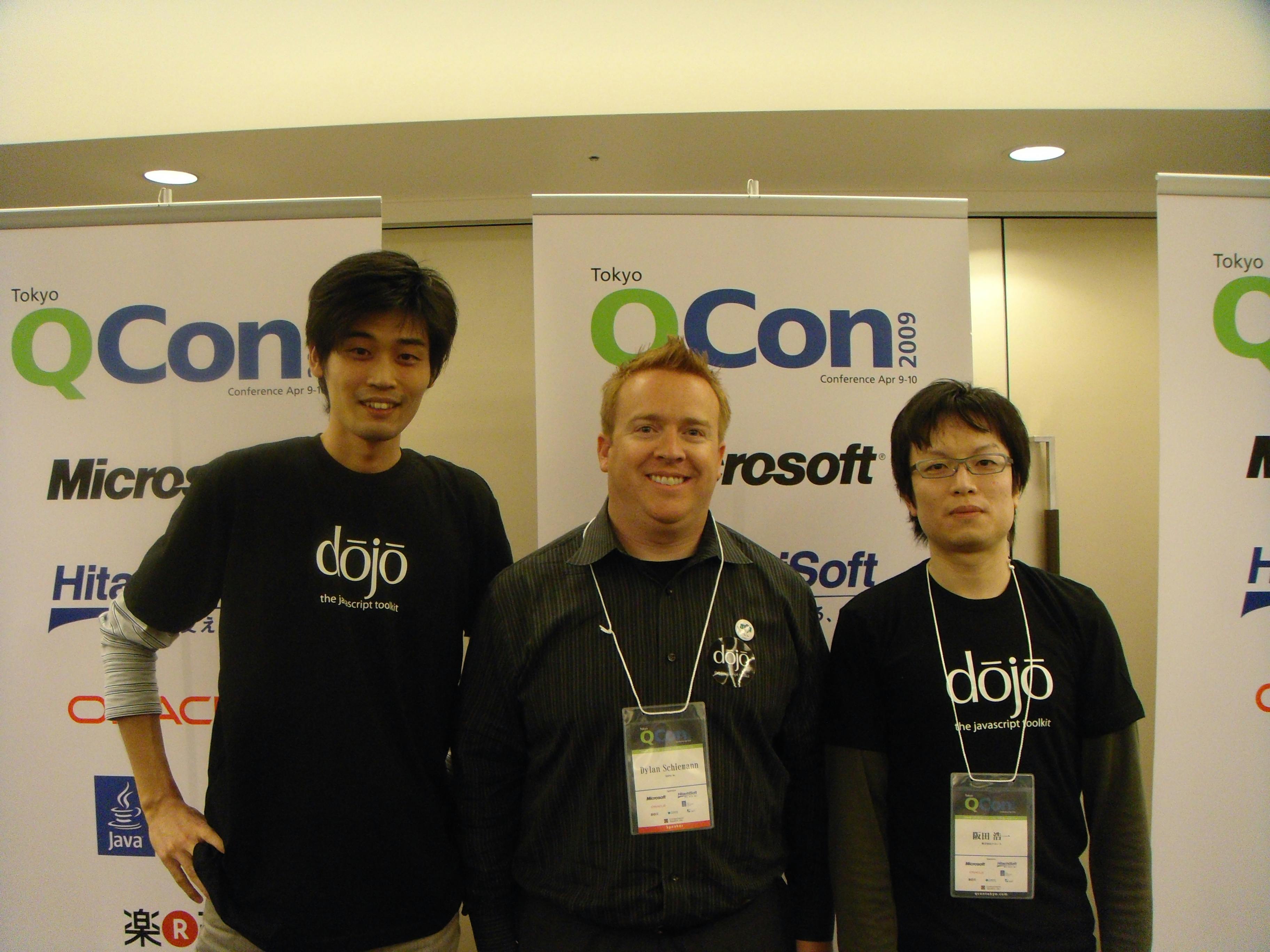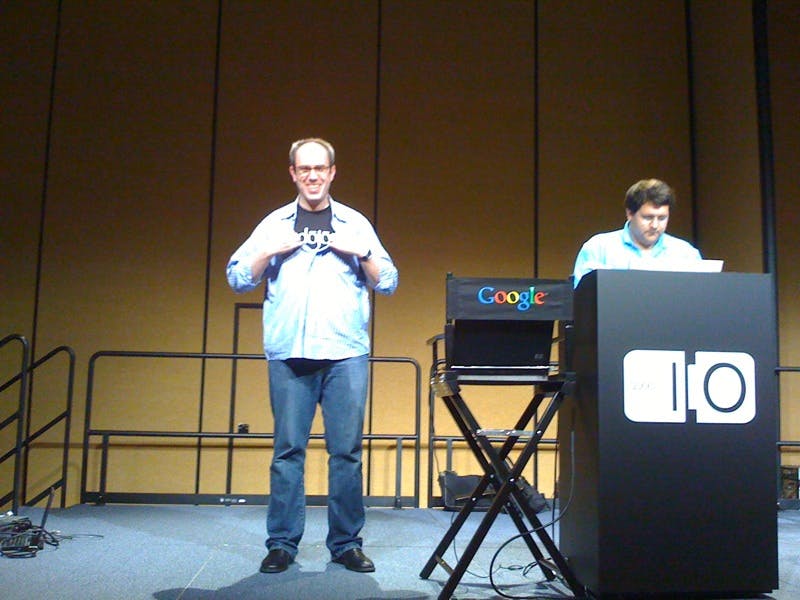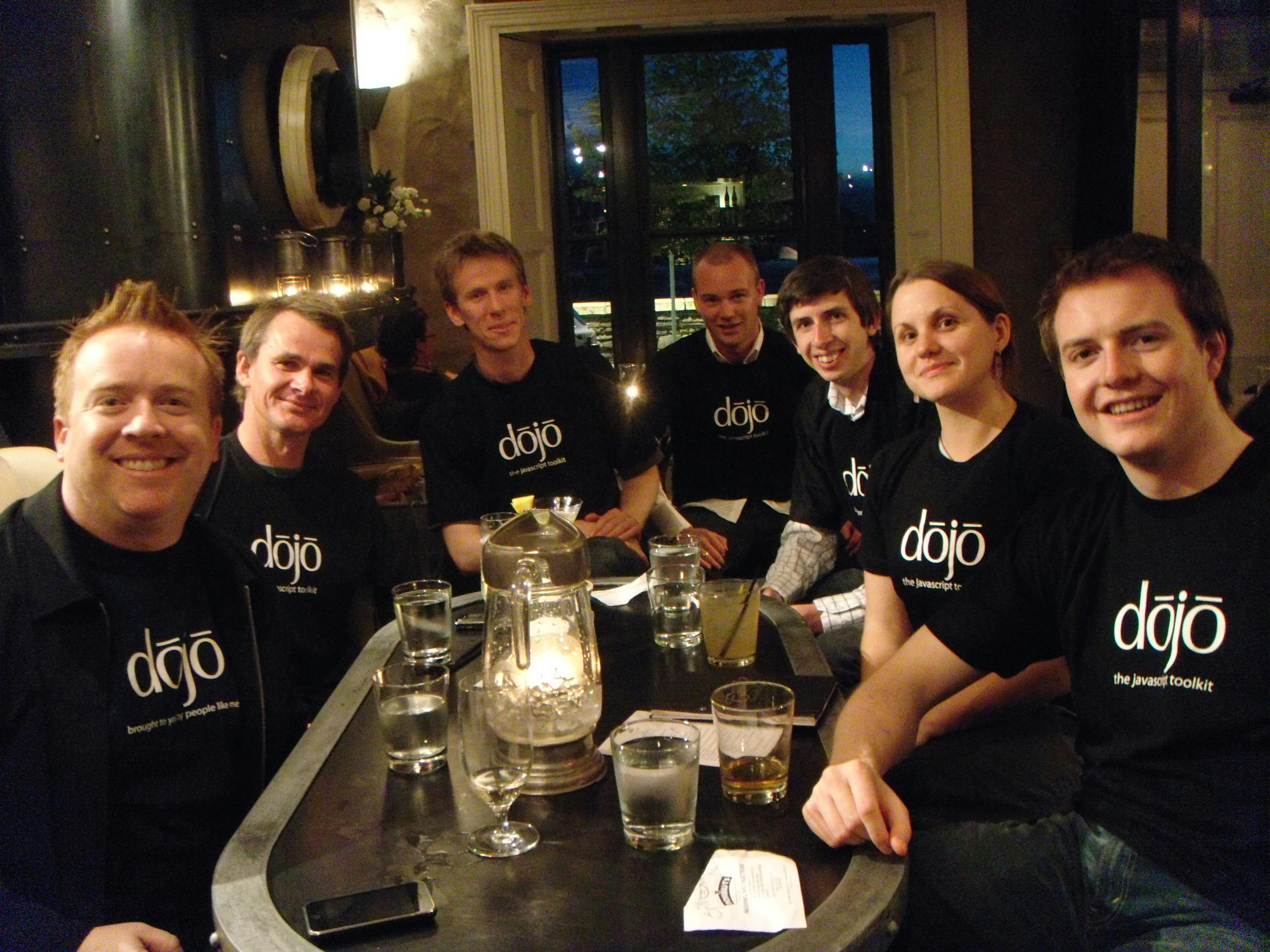Celebrating 20 Years of Dojo
On April 24, 2004, Dojo was released and became one of the pioneering JavaScript libraries aimed at simplifying and standardizing web development. Happy 20 years!

In 2004, it was the dawn of Web 2.0, Gmail had just launched, Mozilla Firefox 1.0 was released, and MySpace was gaining popularity. But on April 24, 2004, Dojo was released and became one of the pioneering JavaScript libraries aimed at simplifying and standardizing web development.
The Beginnings of Dojo
In the early 2000s, web development was evolving rapidly. Developers needed tools that could simplify the creation of dynamic and interactive web applications. Dojo was born in 2004, created by Alex Russell, David Schontzler, and Dylan Schiemann, and aimed to provide a comprehensive set of tools and utilities to streamline web development. Dojo became the initial foundation of many companies like IBM and Esri.
“From our humble beginnings to becoming a key piece of web development, Dojo has always been driven by a passion for empowering developers and pushing the boundaries of what's possible on the web,” said co-founder of Dojo, Dylan Schiemann. “I’m grateful for 20 years of this project and for all the amazing community members who have become friends and colleagues over the years.”

The founders of the Dojo project in 2004.
The Dojo Foundation was formed in January 2005, predating the OpenJS Foundation, and later becoming our oldest project within the foundation.
Evolution and Adaptation
Over the past two decades, Dojo has evolved significantly, keeping pace with the ever-changing landscape of web development. From its early days as a collection of utility functions to its current incarnation as a full-fledged framework, Dojo has continuously adapted to meet the needs of developers.
“I remember the early days of JavaScript frameworks like it was yesterday. I remember the day my colleague called me over to show me Prototype and Scriptaculous. And I remember being completely blown away. Shortly after that day, Dojo (and at a similar time, jQuery) were announced and, all of a sudden, it felt like JavaScript had grown up,” said Joe Sepi, program director of Open Tech at IBM and OpenJS Foundation CPC Director. “No longer would we write an AJAX call 3 different ways because of the current, fragmented browser landscape. No longer would we struggle to piece together code from various websites to try and do some basic functionality. All of a sudden, we were professionals. We had serious tools to get the job done. That was a very special time and I look back on it fondly.”
Celebrating 20 years of the Dojo Community
We’re so happy to celebrate Dojo's 20th anniversary. 20 years is a testament to the strength of open source and our developer community.
“As a pioneer in JavaScript libraries to its continued relevance today, Dojo exemplifies the innovation and collaboration of the developer community,” said OpenJS Foundation Executive Director Robin Bender Ginn. “They have been the foundation for many of our JavaScript projects over the years and this is a testament to the determination and hard work for the past 20 years.”
While Dojo is starting to reach the end of life, many widely used versions of technologies still depend on it such as Esri ArcGIS API for JavaScript and MailChimp. For example, during the peak days of covid, most of the maps and visualizations were created with Esri and leveraged Dojo Toolkit.
Project co-founders Alex Russell and Dylan Schiemann originally thought that “Dojo would be needed for maybe a year or two, or five years at most, before browsers and standards would catch up and make it obsolete.”
There are many things Dojo added 20 years ago that are still not solved by browsers, though most features can be solved in other ways today. Dojo’s sweet spot was a comprehensive modular toolkit that streamlined the inconsistencies across browsers. For example, its gfx drawing API first released in 2007 supported drawing with Canvas, SVG, VML, Flash, and Silverlight renderers to maximize support across browsers.
In Remembrance
We would also like to remember two core team members who made significant contributions and who are sadly no longer with us: Jon Ferraiolo and Thomas Trenka.
Thank you
A big thank you to everyone who has used and contributed to Dojo. Check out the images below for some fun memories over the years. Cheers to 20!


